10 Popular Dog Breeds That Vets Secretly Hate but Won’t Tell You Why
Some dogs steal hearts, but others make vets sigh the second they walk through the door. The problem is not personal, though. It’s just that breeds come with quirks, health issues, or attitudes that drive vets up the wall. But will they ever tell you? Not a chance. Let’s discuss the dogs that make even the most experienced vets groan.
Chow Chow
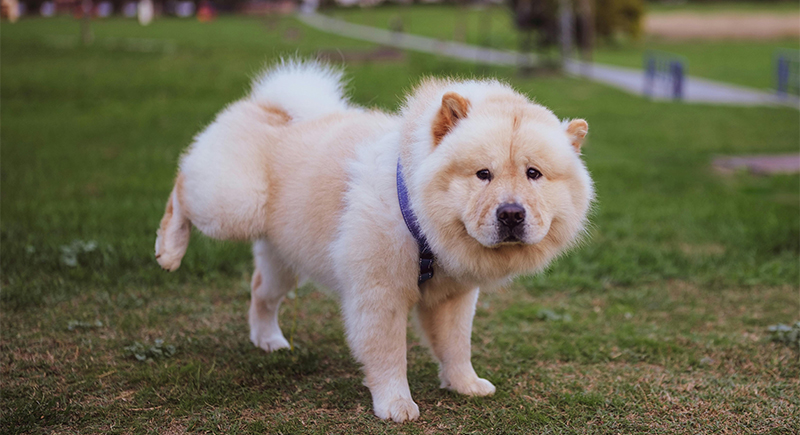
Credit: pexels
Chow Chows look like fluffy teddy bears, but veterinarians view them differently. These dogs can be aloof, stubborn, and difficult to handle during vet visits. They have a reputation for unpredictable behavior. Many vets approach them cautiously, knowing that even the most well-behaved ones can snap when poked or prodded.
Siberian Husky
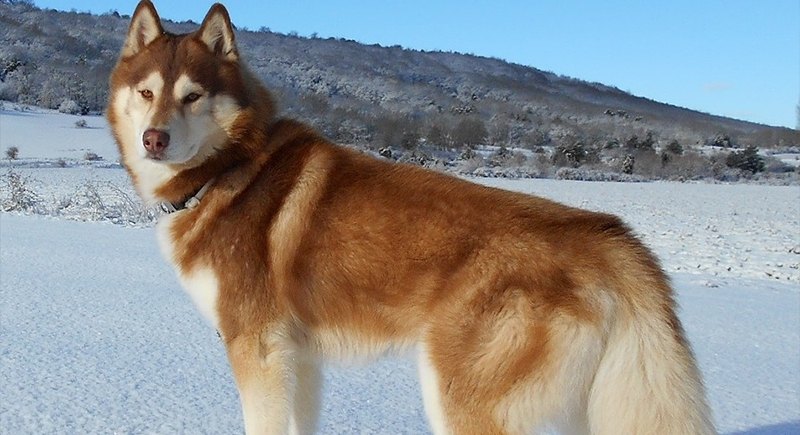
Credit: Wikimedia Commons
Walk into a vet clinic with a Husky and prepare for chaos. These dogs are loud, dramatic, and stubborn beyond belief. Restraining them for even the simplest procedures turns into a full-body workout with a screaming soundtrack. Many Huskies will whine, howl, or throw full-blown tantrums at the slightest inconvenience.
Shiba Inu
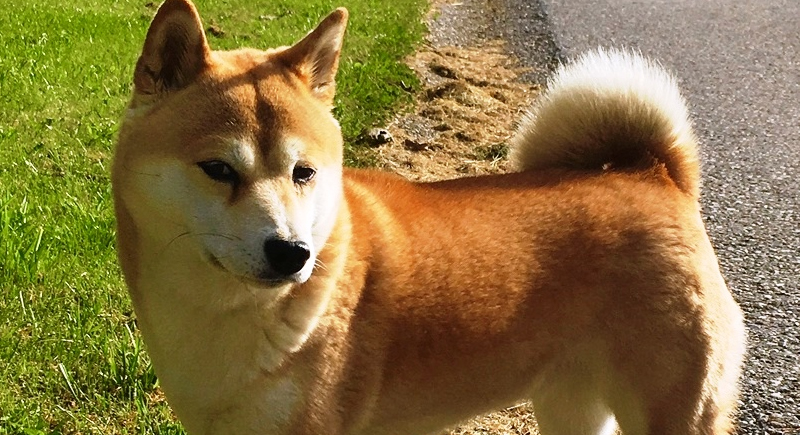
Credit: Wikimedia Commons
Shiba Inus have a reputation for independence, but that’s just a polite way of saying they don’t care about your rules. They’re fast and will try to escape a vet’s grasp at every opportunity. The infamous “Shiba scream” worsens things—one loud, high-pitched wail, and the clinic assumes something is wrong.
Pug
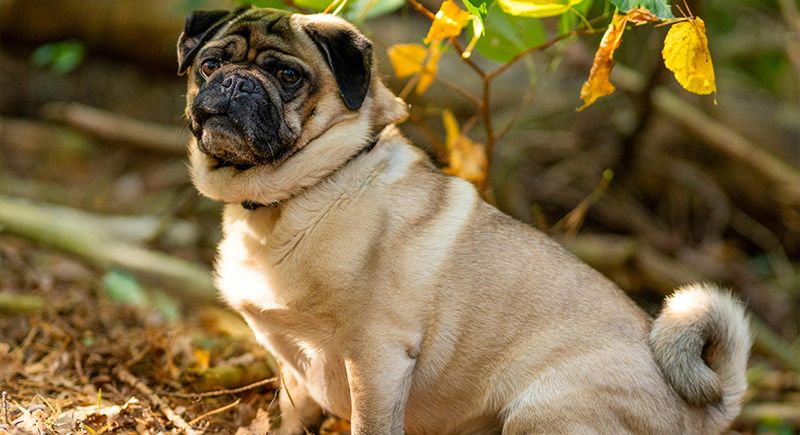
Credit: pexels
Pugs are adorable; there is no questioning it. But their squished faces come with many health problems that frustrate even the most patient veterinarians. Flat-faced breeds like Pugs struggle to breathe, overheat quickly, and often require surgery to function correctly. Treating them means constantly battling against their genetic disadvantages.
Shar-Pei
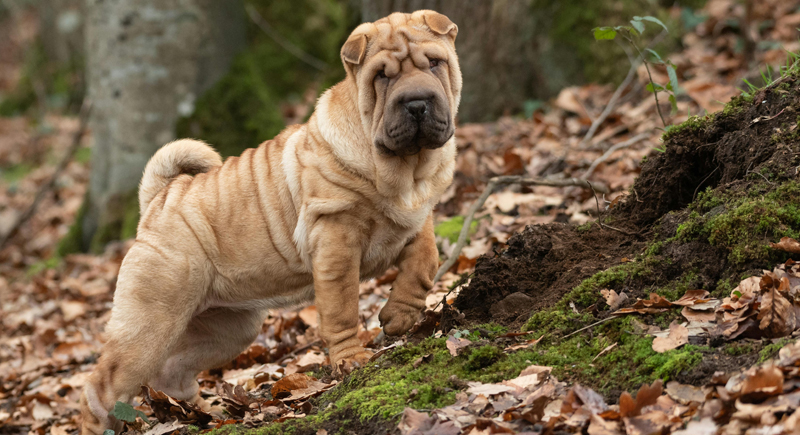
Credit: pexels
At first glance, the Shar-Pei looks like a vet’s worst nightmare wrapped in wrinkles. And honestly, that’s not far from the truth. Their deep skin folds create a breeding ground for bacteria and lead to chronic infections. Many suffer from Shar-Pei Fever, a genetic condition that causes painful swelling and high fevers.
German Shepherd
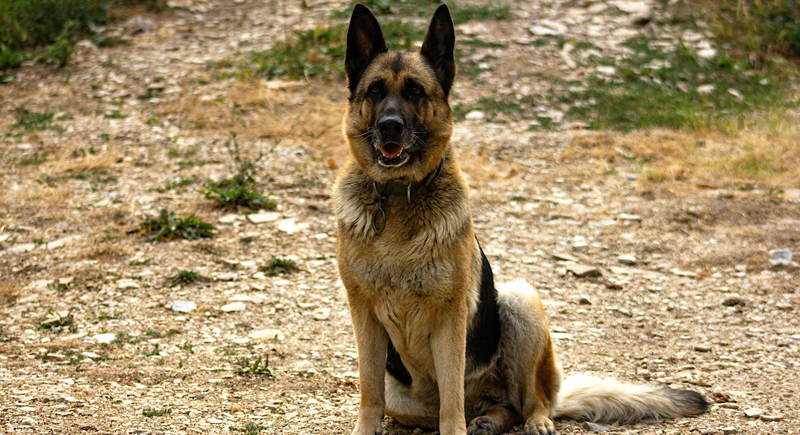
Credit: pexels
Few breeds are as respected as the German Shepherd, but treating them can be a nightmare. While highly intelligent, they’re also incredibly loyal—sometimes to a fault. Many struggle with anxiety in unfamiliar environments, so fear-based aggression is a genuine concern. It doesn’t help that not every owner has the necessary training to prevent it.
Chihuahua

Credit: pexels
Chihuahuas have the attitude of a big dog crammed into a tiny body, and that’s precisely why vets aren’t thrilled to treat them. They are snappy, unpredictable, and overly attached to their owners. It’s nearly impossible to examine them without a fight. To top it off, many Chis required extractions by the time they hit middle age.
Cocker Spaniel
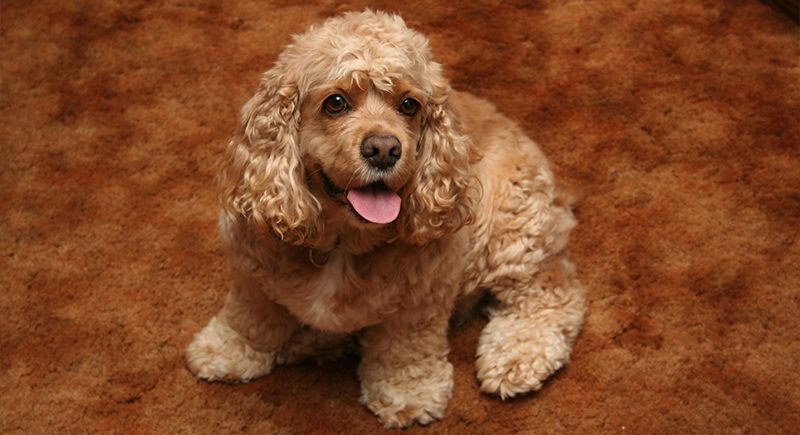
Credit: Wikimedia Commons
Cocker Spaniels have a reputation for sudden, unpredictable aggression. They develop ear infections because of their long, floppy ears that trap moisture. Many owners don’t clean them regularly, which means by the time they see a vet, the infection is already severe. Their beautiful coats require constant maintenance, too, or they become a matted mess.
Boxer
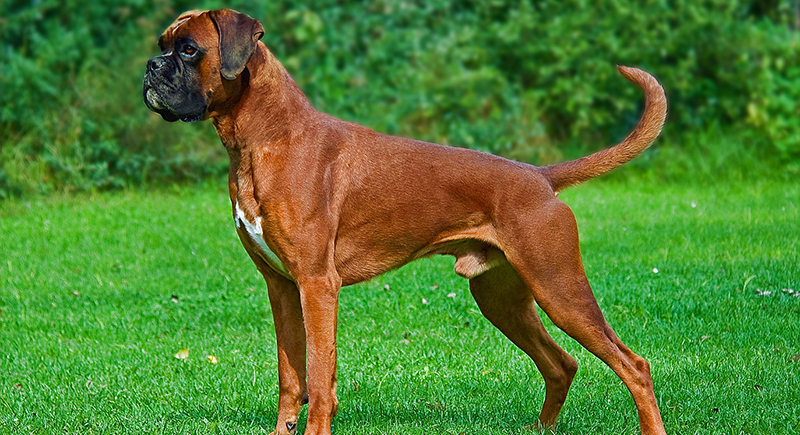
Credit: Wikimedia Commons
Boxers have a ton of energy that doesn’t magically disappear when they visit the vet. Holding one still for a checkup feels like trying to calm a tornado. Their goofy, playful nature makes them lovable, but it also means they’re easily distracted and not always cooperative.
Pit Bull
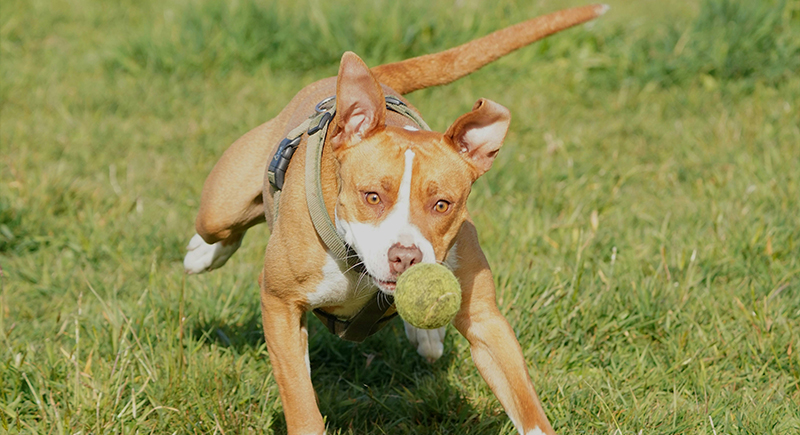
Credit: pexels
Pit Bulls are often viewed negatively, even though many are sweet and affectionate. That said, their strength and high pain tolerance can make it difficult to train them. A scared or anxious Pit Bull is firm, and forcing them isn’t an option if they don’t want something done.
Belgian Malinois
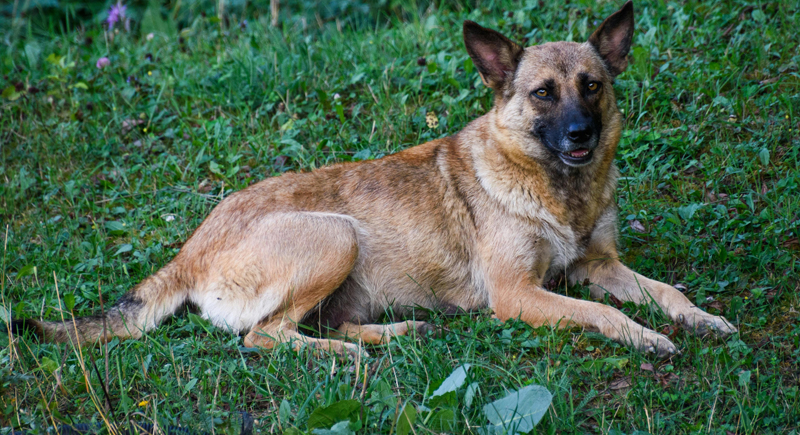
Credit: pexels
Belgian Malinois are elite working dogs—police, military, and search-and-rescue teams love them. They need intense physical and mental stimulation, and when they don’t get it, they develop behavioral problems. Their intelligence is a double-edged sword: They quickly figure out what a vet is trying to do and fight back accordingly.
Great Dane
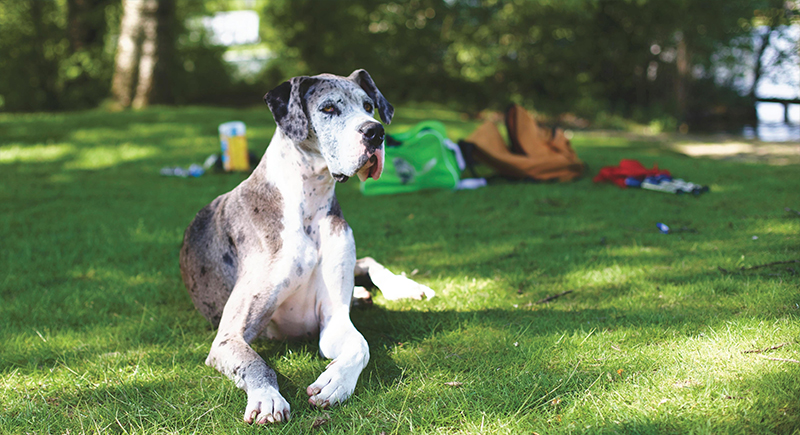
Credit: pexels
It’s not just the temperament that makes Great Danes challenging—their size is also a huge hurdle. These dogs take up an entire exam room, and lifting one onto a table is a whole sport. Then there’s the heartbreak: Great Danes don’t live long, and vets often have to deliver bad news to devastated owners.
Akita
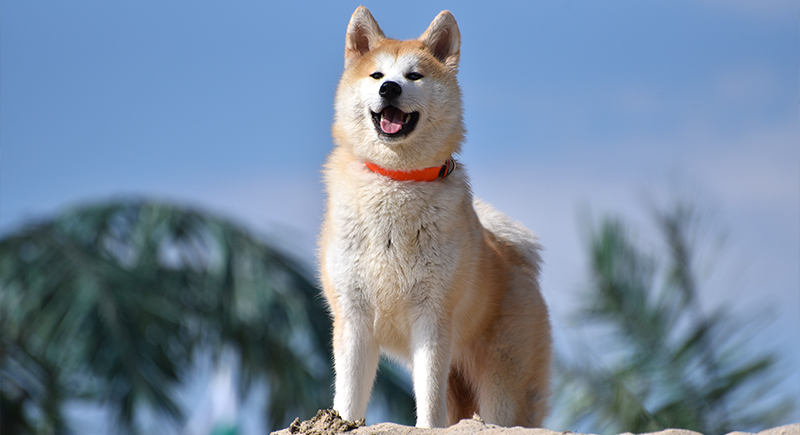
Credit: Wikimedia Commons
Akitas are dignified, independent, and not the type to tolerate nonsense. Most of them dislike being handled, and if they decide they don’t trust someone, they’ll make that very clear. They require an experienced hand—not just in training but also in veterinary care.
Weimaraner
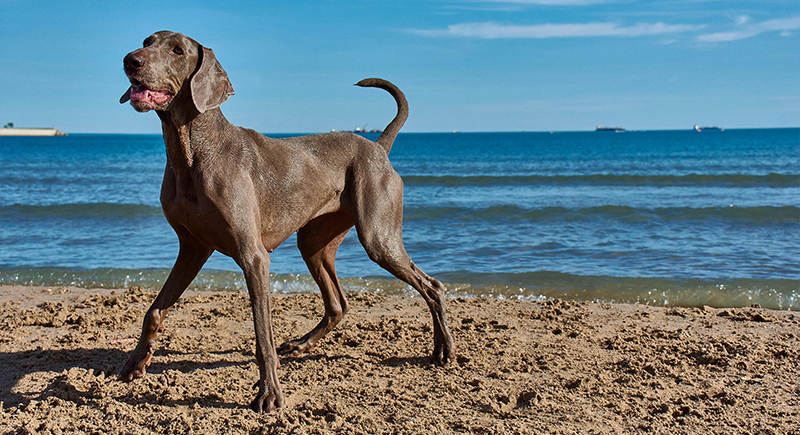
Credit: pexels
Weimaraners are sleek, athletic, and incredibly intelligent, but that intelligence has a downside. These dogs are notorious for being high-strung and anxious. Separation anxiety runs deep in the breed, which means stress levels skyrocket the moment their owner steps away.
Bearded Collie
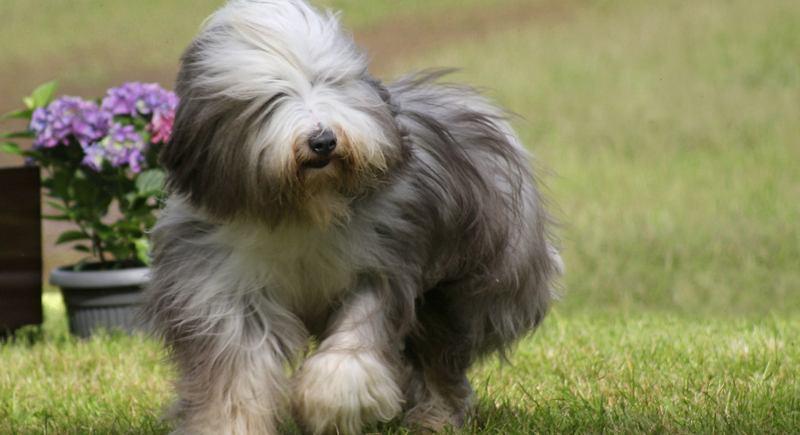
Credit: flickr
The Bearded Collie’s flowing coat might look majestic, but it’s a literal tangled mess for vets. They require constant grooming, and their fur becomes a matted nightmare when owners slack off. They also have mats that hide skin infections, parasites, and other issues that only get noticed once they’re severe.
Dachshund
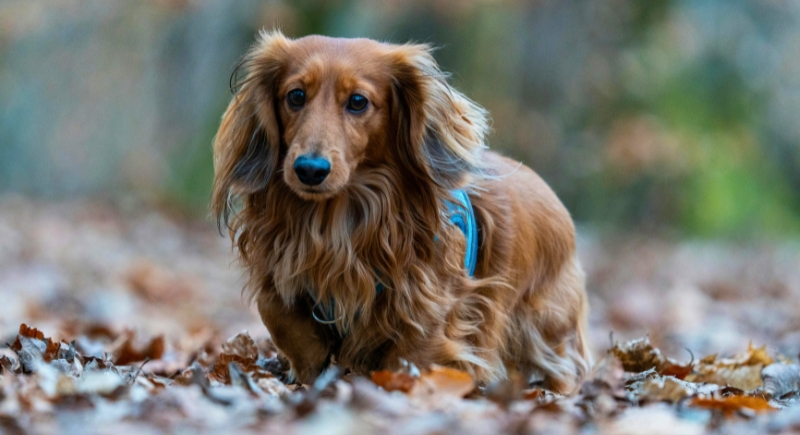
Credit: pexels
Dachshunds might look cute and harmless, but vets know better. These little hounds are famously stubborn and often refuse to cooperate during appointments. Their long backs make them prone to injury, yet they hate being handled, especially around their spine. Add in their tendency to bark, squirm, and snap when nervous, and you’ve got a breed that turns a simple checkup into a stressful, noisy, and sometimes risky experience.
Miniature Pinscher
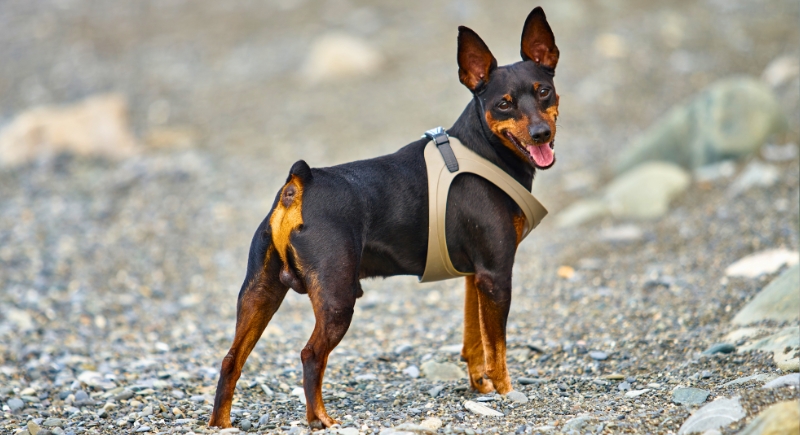
Credit: Getty Images
Miniature Pinschers may be small in size, but they bring a bold, bossy attitude that can leave veterinarians dreading the appointment. These high-energy dogs are notoriously headstrong. Vets often struggle with their constant movement, resistance to restraint, and sudden nips. Their fearless nature, combined with a lack of patience, turns even routine checkups into unpredictable, stressful encounters that require extra caution and quick reflexes.